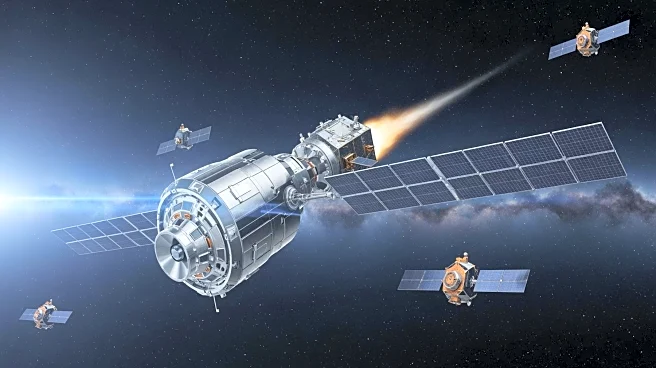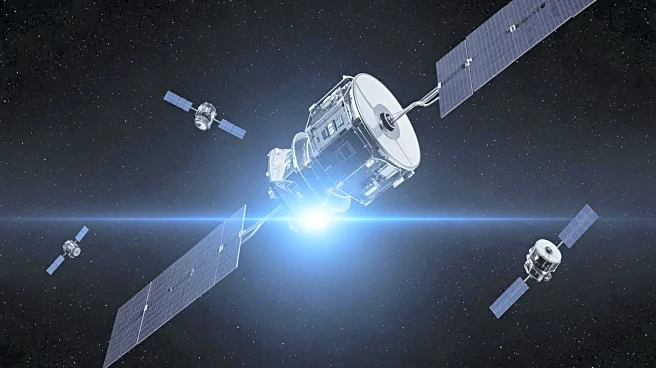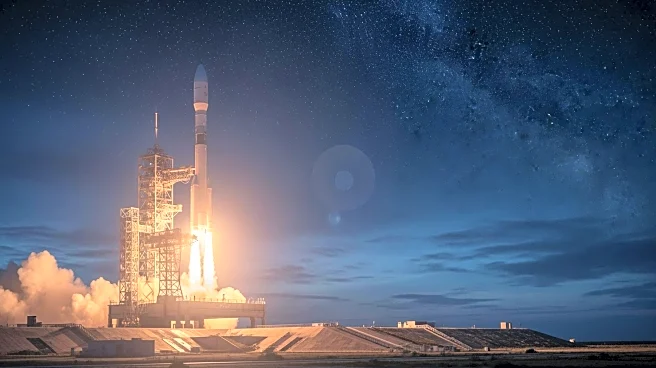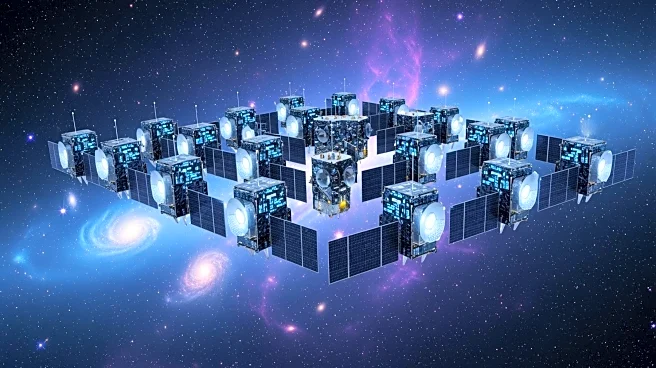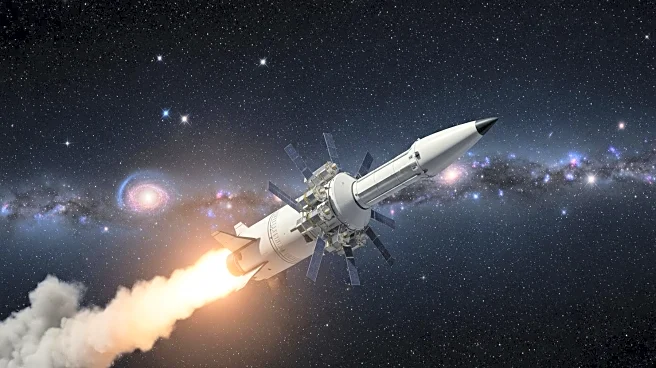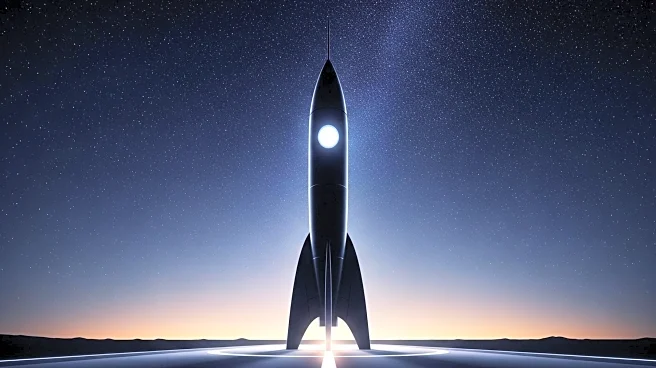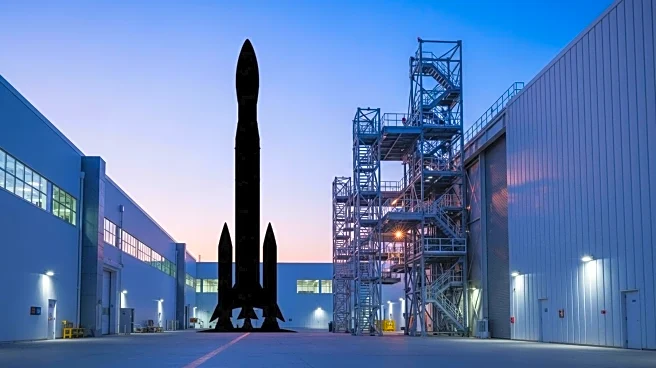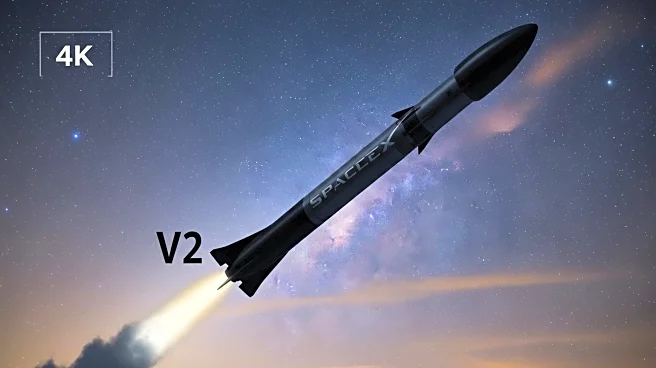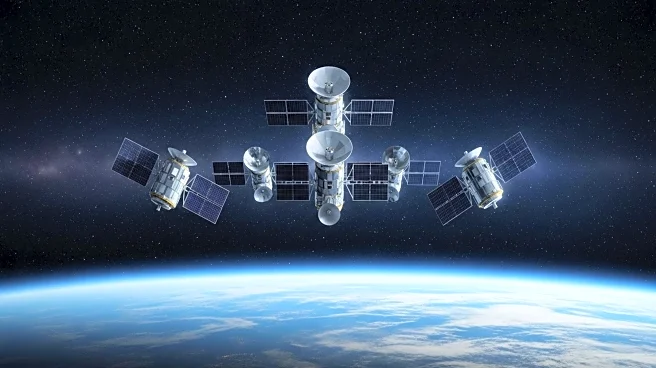What's Happening?
SpaceX has successfully launched 28 Starlink satellites into orbit using its Falcon 9 rocket. The launch took place from Cape Canaveral Space Force Station in Florida, marking the 130th Falcon 9 flight
of the year. The rocket's first stage landed in the Atlantic Ocean on the SpaceX drone ship 'Just Read The Instructions' approximately 8.5 minutes after liftoff. This particular booster, designated B1095, has completed three launches and landings, all for Starlink missions. The upper stage of the Falcon 9 continued to carry the satellites toward low Earth orbit, where they are scheduled to be deployed 64 minutes after liftoff.
Why It's Important?
The successful launch of Starlink satellites is crucial for SpaceX's goal of expanding its satellite internet service. With over 70% of Falcon 9 launches this year dedicated to building the Starlink megaconstellation, SpaceX aims to enhance global internet connectivity, particularly in underserved areas. The frequent launches demonstrate SpaceX's operational efficiency and commitment to maintaining its position as a leader in commercial spaceflight. The expansion of the Starlink network could have significant implications for telecommunications, providing high-speed internet access worldwide.
What's Next?
SpaceX is likely to continue its aggressive launch schedule to further expand the Starlink constellation. As the network grows, SpaceX may introduce new services and improve existing ones, potentially increasing competition in the satellite internet market. The company is also expected to pursue regulatory approvals in various countries to expand its service coverage. Future launches will likely focus on increasing the number of operational satellites and enhancing the network's capabilities.
Beyond the Headlines
The expansion of the Starlink network raises questions about space traffic management and the long-term sustainability of satellite constellations. As more satellites are launched, concerns about space debris and collision risks increase. SpaceX's efforts to address these issues, such as satellite deorbiting and collision avoidance systems, will be crucial in ensuring the safe and sustainable growth of satellite networks.
